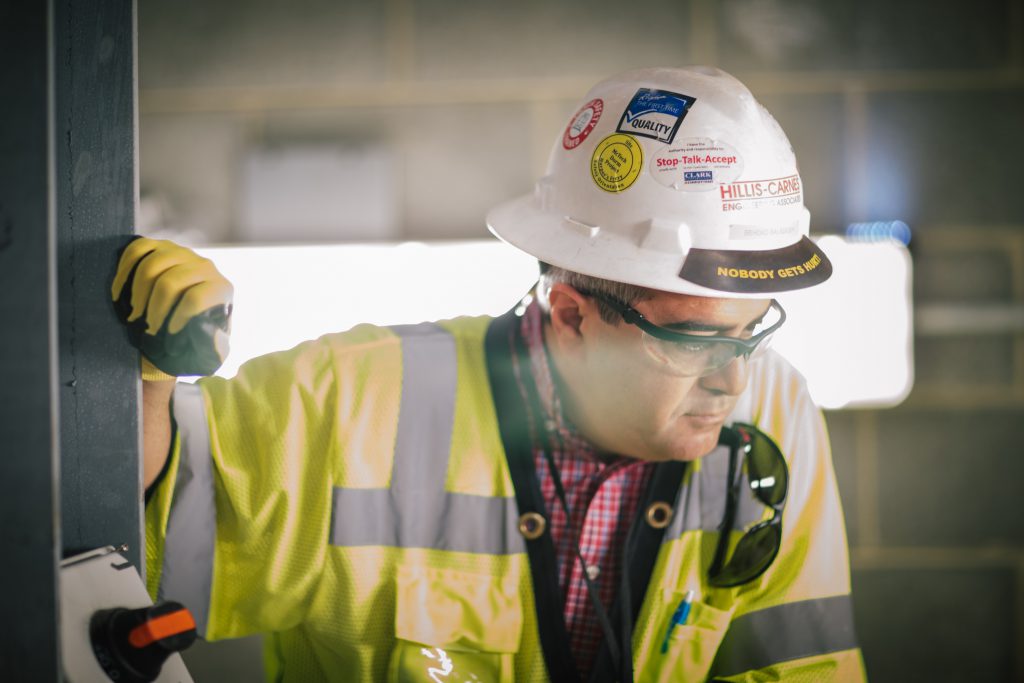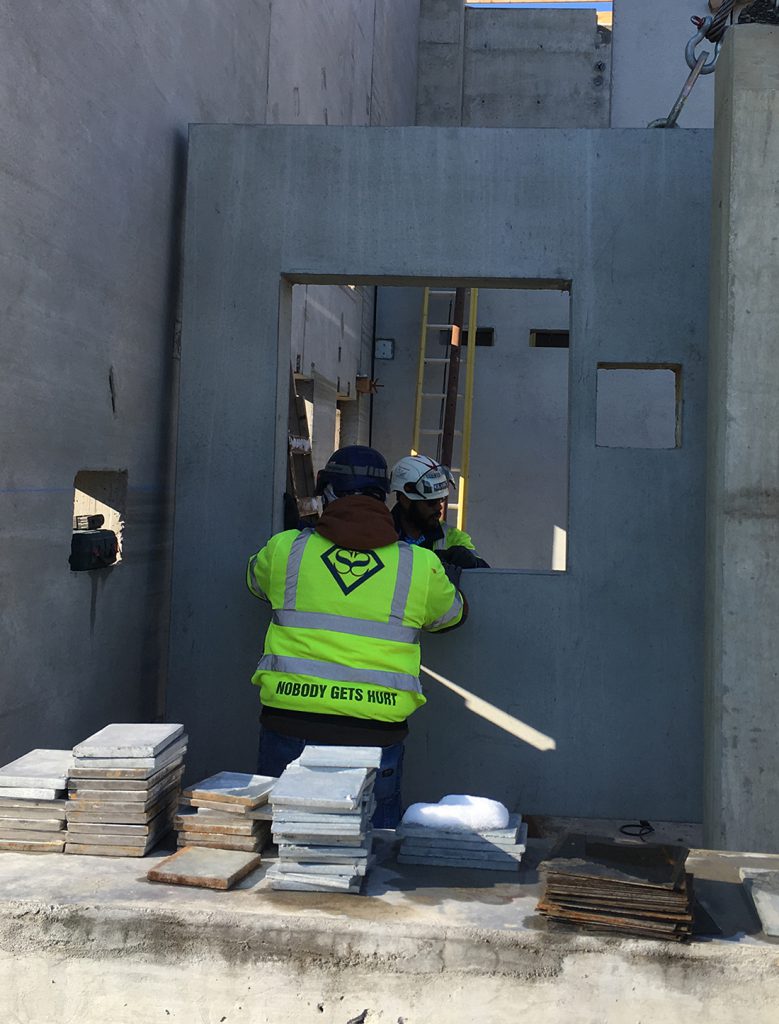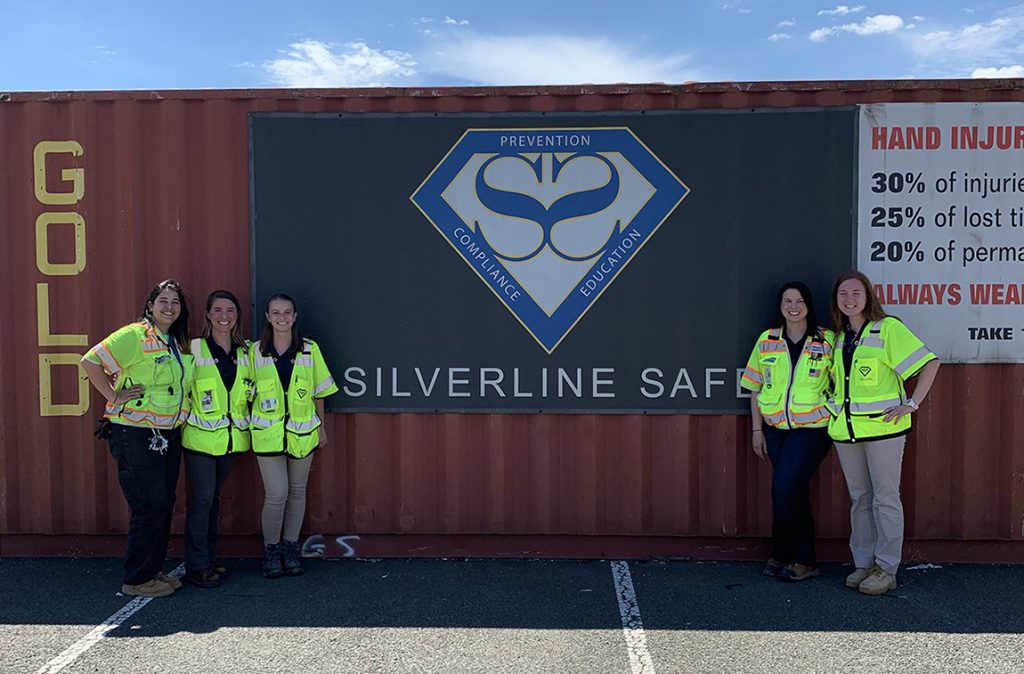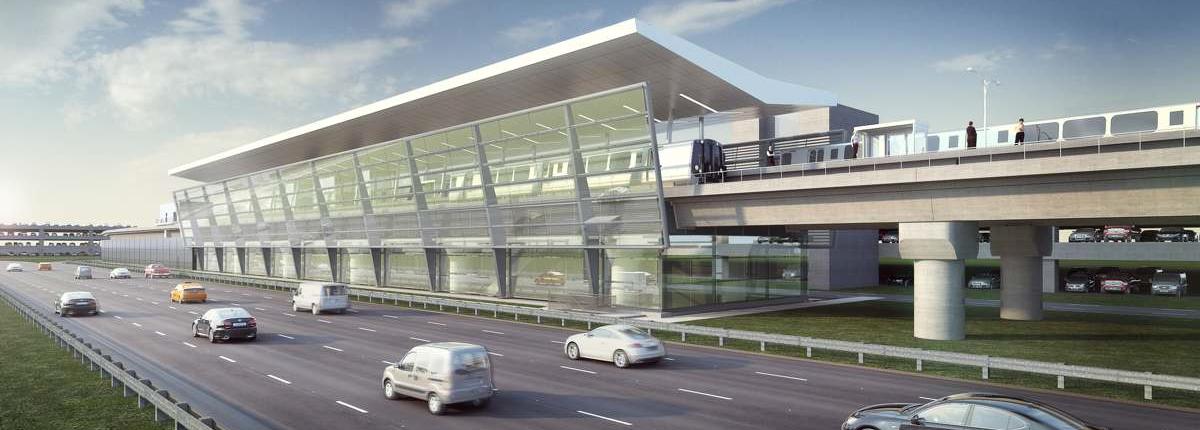Safety on the Silver Line Phase 2A project began with the public works project’s early concept drawings, and it carries on today inspired by a simple motto: Nobody Gets Hurt.

Implementing a successful safety culture on a project of this size isn’t simple. Putting that motto into action requires commitment and consistent team effort on a daily basis. “It’s the responsibility of every crewmember on site,” said Curran Johnson, a senior superintendent at Capital Rail Constructors who has spent over four yearson the project helping to promote the “Nobody Gets Hurt” campaign.
“That’s our mindset – it’s an attitude that everyone who comes into work each day leaves the same way they came in,” Johnson said. “Nobody, including the public that interfaces with the job, has any reason to get hurt. You do everything within your power to make sure you and those around you are safe.”
Johnson, an 18-year industry veteran, has worked on several large, long-term projects throughout his career. For the Silver Line 2A expansion, Johnson said, planning began when it was still being plotted out on the drafting table.

“Whether we were adjusting a pre-cast girder to make sure it could be placed without it hanging over the roadway, or modifying a connection detail to reduce the risk to the trade contractors installing it, during the design phase our superintendents were thinking about how they were going to build it and what we could change or alter to build it more safely,” Johnson said.
A typical workday on the Silver Line Phase 2A project begins with crew safety meetings where superintendents discuss potential safety issues of the day’s work with trade contractors. Following these meetings, superintendents meet with foremen to ensure all crews have the access they need to work safely without interfering with each other’s crew work. Superintendents also ensure that everyone on site knows when train tracks are energized and where and when train cars will pass through for testing.
Beyond this, CRC’s field leadership team meets frequently to ensure all their safety goals are aligned. They discuss and look for seemingly little things – such as crews wearing proper safety vests, glasses, and gloves – and larger things, such as where and how safely ladders are set up and where temporary floor protection is down and how to make sure it isn’t a tripping hazard.
Johnson said the Silver Line Phase 2A project emphasizes safety down to the individual worker more than any other job he’s been on, including going beyond local, state, and federal safety regulations to make sure nobody on-site gets hurt.

For instance, within CRC’s job safety plan is a Temporary Structures and Construction Devices (TSCD) risk-assessment matrix that dictates the risk of an operation, defined mostly by the severity of a negative outcome and how much scrutiny to give to the planning of that operation. This safety assessment is particularly useful in higher-risk operations, such as bigger crane picks, support of the ground adjacent to roadways, or support of the ground during excavations.
CRC also promotes the safety culture with Crew of the Month Awards, where the safest crew gets a free lunch and other prizes to recognize their commitment to safety. It also has “Safety Bucks,” where superintendents hand out spot-bonuses in Safety Bucks that can be used to get baseball caps, t-shirts, jackets, and lunch coolers emblazoned with “Silver Line Safe.” These items have become a way for workers to show pride in the project.
“I love seeing how everyone understands that safety is everyone’s responsibility,” said Johnson. “This attitude ensures that ‘Nobody Gets Hurt,’ can continue to be put into action.”
